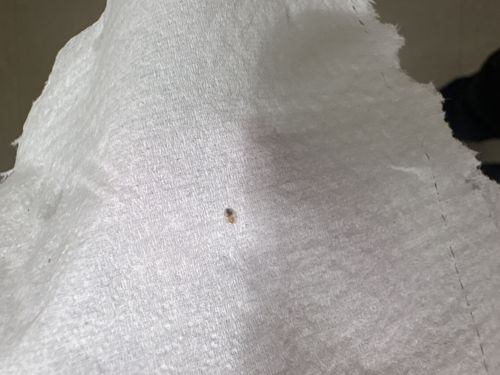Flea
Scientific Name: Siphonaptera (order), various species
Order & Family: Order Siphonaptera
Size: 1.5 to 3.3 mm (0.06 to 0.13 inches)

Natural Habitat
Fleas primarily live on the bodies of warm-blooded animals such as mammals and birds. They can also be found in animal bedding, carpets, upholstered furniture, and cracks in floors.
Diet & Feeding
Fleas are ectoparasites, meaning they feed on the blood of their hosts. Both male and female adult fleas take blood meals.
Behavior Patterns
Fleas are known for their remarkable jumping ability, allowing them to easily transfer between hosts. They have a four-stage life cycle: egg, larva, pupa, and adult. Eggs are laid on the host but often fall off into the environment. Larvae feed on organic debris, including adult flea feces ('flea dirt'). Pupae can remain dormant for extended periods, emerging as adults when suitable hosts are detected by vibrations, warmth, or carbon dioxide.
Risks & Benefits
Risks: Fleas are a nuisance, causing itching, skin irritation, and allergic reactions in sensitive individuals and animals. They can transmit diseases such as murine typhus and plague (though less common today) and are intermediate hosts for tapeworms (e.g., Dipylidium caninum). Benefits: In some ecological contexts, they can be part of the food chain, but generally, their negative impacts on animal and human health are more significant.
Identified on: 9/13/2025